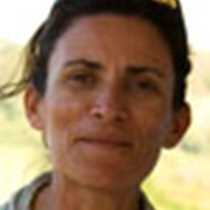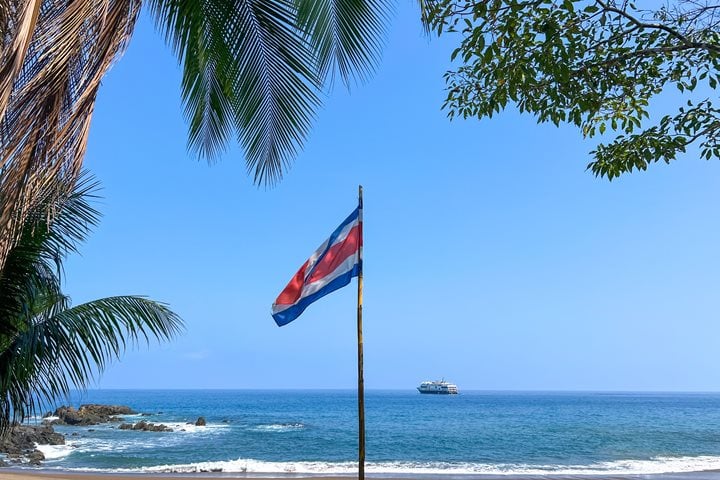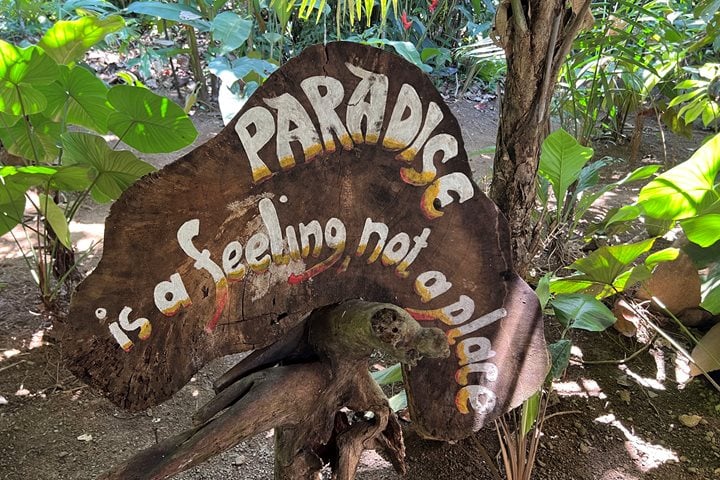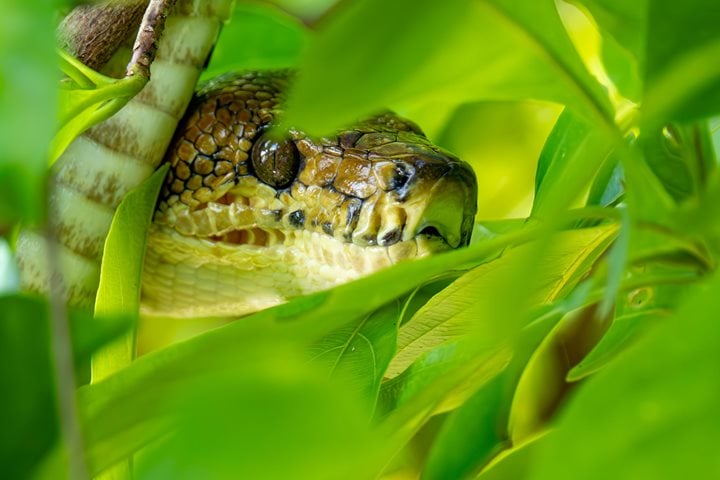The Panama Canal was finished in 1914, and little did the world understand then how much of an impact it would have on its economy, way of life, society and rain forest ecology. With the construction of this amazing structure, a new era of biological exploration and research began; in 1923, as a result of the creation of the Gatun Lake, Barro Colorado Island (BCI) was established. By the year 1946, after the island became a bureau of the Smithsonian Institution, more than 100 scientific visitors came each year, including such of the degree as Alexander, Carpenter, Chapman, Skutch, Standley, Woodring and Zetek. The research done at this site has provided much of the groundwork in systematics and natural history for the ecological and behavioral research that has defined the neotropics since the 1950s.
The publications done by these scientists from the island now number in the thousands; howler monkey ecology, emergent trees phenology, bat behavior and systematics, gliding ants ecology, plant regeneration, tree growth rates, succession states in disturbed and undisturbed patches, and almost anything you can think of has been researched and recorded at BCI, which means one can make comparisons of rainfall, temperature, light intensity and forest density of 80 years now; this is almost unheard of in science.
Today we had the change to roam the same trails some of the fathers of neotropical rain forest research roamed. Or we could also finish our week on board National Geographic Sea Lion with the last of our Zodiac cruises. The BCI expert guides gave us information on the studies going on right now on the island, who is studying what, as well as some basic rain forest information. We were rewarded with sightings of Central American agouti, howler monkeys, antshrikes, antbirds, ameiva lizards, white-whiskered puffbirds, crested guan, poison dart frogs, and even a rarely spotted 10-foot-long boa constrictor on a branch. What a great morning!
After BCI, we went back to the ship and the third Panama Canal pilot of our transit had already boarded. He, like the other two, took charge of our vessel and, with the help of the captain and crew of Sea Lion, took us through the last section of one of the most famous waterways in the world – into the Gatun Locks, which allowed us to enter the Caribbean Sea. And thus ends our crossing from sea to sea, having passed through very humid green rain forest, warm blue waters of the Costa Rican and Panamanian Pacific Ocean, and the dark green and cool waters of the Gulf of Panama.







